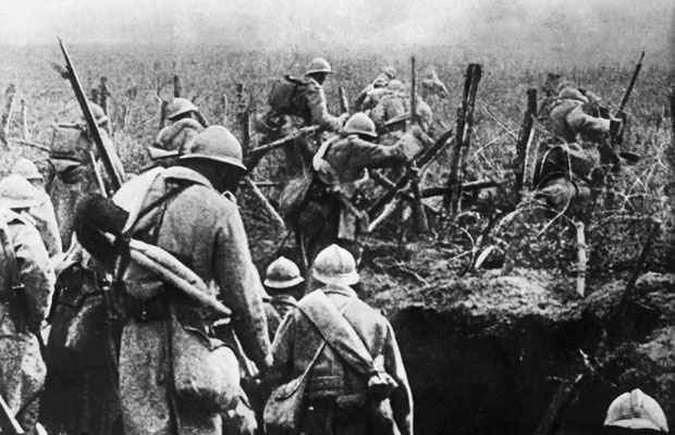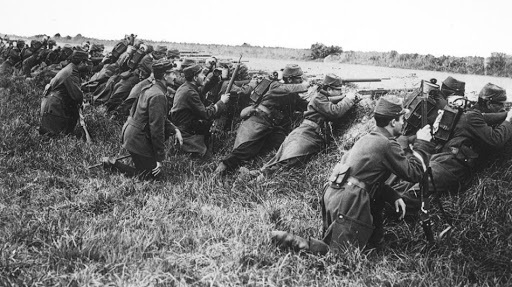
A First World War took place from 1914 to 1918, becoming one of the main conflicts of the 20th century.
O European continent it was the setting for the unfolding of this conflict that devastated several regions, killed thousands of people and left many others injured.
see more
Scientists use technology to unlock secrets in ancient Egyptian art…
Archaeologists discover stunning Bronze Age tombs in…
According to some historians, the cause of World War I was due to expansionism, the arms race, to imperialist exploitation in Asia It is Africa and alliance policy.
The beginning of the war started with the assassination of the Archduke of Austria, Francis Ferdinand. It is essential to emphasize that this episode was not the main factor for the outbreak of the conflict.
The assassination of the Austrian archduke represented the fragility of the relations of the European countries that already yearned and were preparing for a war.
It is important to point out that the First World War was divided into three phases with the intention of facilitating the study of this theme:
At the beginning of the war, in 1914, the main strategy adopted was the movement of troops with the objective of conquering positions at the front.

The Germans moved very quickly to the point that in a few weeks they settled close to Paris, less than 50 km away.
At the same time, the French general Joffre organizes the country's army and manages to prevent the German advance from extending to the French capital, in the Battle of the Marne.
The strategy adopted by European countries was the same used in the 19th century, which consisted of a cavalry charge attack, followed by infantry. However, this strategy was not efficient, as the use of machine guns prevented such movement.
With that, the trenches became a mechanism widely adopted by the nations involved in the conflict.
A trench warfare It is considered the second phase of the First World War. Blocked from invading the enemy defense, the combatants concentrated on holding the positions they had gained.

With that, they dug trenches along the entire front of combat. Such a defensive strategy was initially adopted only by the Germans. However, quickly, other countries also used it.
The trenches were tunnels that were intended to defend and shelter the soldiers, as it was in these places that they fought, slept and ate protected from gunfire.
However, they were not completely safe, as they could still be hit by chemical weapons, artillery shells, or come under attack from the air.
In addition, the unhealthy environment was a factor that aggravated the proliferation of diseases. The soldiers who settled in the trenches were replaced every 15 days by those in the rear.
In order to protect the trenches, stakes and barbed wire were placed. A few meters separated the trenches created by enemy countries, so the terrain was quite rough.
Several soldiers died trapped in the wire fences, hit by cannon fire or machine gun fire.
As for those who were injured, they were rescued only at night and, even so, it was a very dangerous action.
This is considered the bloodiest phase of the First World War, as the battles lasted for months.
This strategy proved to be useful until the appearance of war tanks, vehicles capable of annihilating trenches.
A very expressive year for the conflict was 1917, when the Russians withdrew from the war due to the Russian revolution. Furthermore, this year marked the entry of U.S, aligned with the Allied countries.
With the help of the North Americans, the Allied powers once again stood out in the conflict. However, still the troops faced bloody battles that resulted in thousands of deaths.
The Second Battle of the Marne was perhaps the most significant battle, as it marked the expulsion of the Germans from France.

Without the support of the population and officials, Kaiser Wilhelm II had to give up the conflict and surrender.
On November 11, 1918, the First World War ended. June 28, 1919 was marked by the signing of the Treaty of Versailles, a peace treaty that officially ended World War I.
Learn more at:


